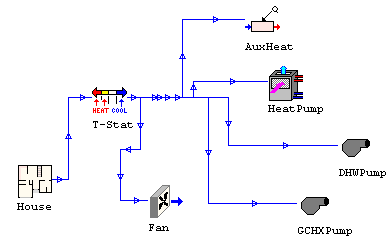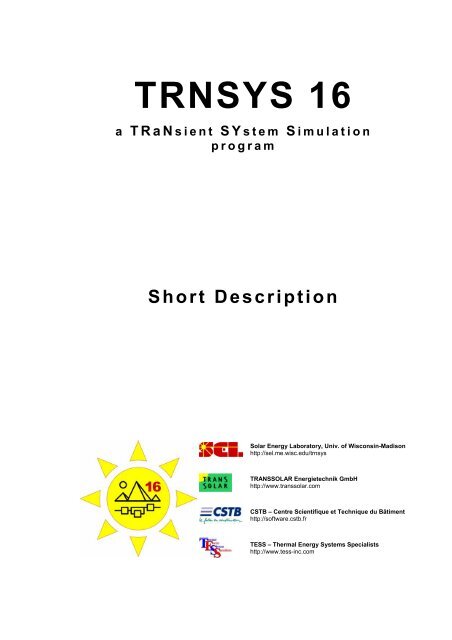

Simulations were performed to determine effectiveness of the hybrid lighting technology across the United States. Instead the break-even capital cost was calculated to be used as a price target where the energy savings predicted by the TRNSYS model will economically compensate for the system components. At this point in the design stage, realistic component prices are not available for determining economic parameters such as years to payback, LCS, or return on investment. The break-even capital cost is defined as the initial cost of the hybrid lighting system that will provide a life cycle savings (LCS) of zero over the economic lifetime. The hybrid lighting model calculates the break-even capital cost of a hybrid lighting system based on the system energy savings. Using local utility rate schedules, energy costs can be calculated for the two zones of the building model with the difference representing the energy savings due to the hybrid lighting system. Cooling in the building is supplied using a chiller with a constant COP of 3 and heating loads are met using an 80 % efficient natural gas furnace. Gains in the model account for the people, computers, and lights in the building. Identical schedules in the two zones simulate the heating, cooling, and ventilation of a typical mixed-use environment. One zone uses efficient fluorescent lighting and the other zone uses hybrid lighting with dimmable fluorescent auxiliary lighting. The model consists of two windowless 2500 m2 zones. Type 56 is a FORTRAN subroutine which is designed to provide detailed thermal models of buildings. The building is modeled using the TRNSYS type 56 multi-zone building model. Within TRNSYS, the light output from the hybrid lighting system model is sent to the building model. The outputs from both models include the light produced by the hybrid lighting system as well as electricity generated by the TPV.

Next it reads the available spectral component data, applies the component data to the solar spectral distribution, and calculates the amount of light and electricity that is generated by the system. The narrow-band model predicts the direct normal spectral radiation at five nanometer bandwidths.
#TRNSYS MODELING GENERATOR#
The narrow-band model uses TMY2 data or the TRNSYS weather generator to obtain the magnitude of the direct normal radiation, but the direct normal spectral distribution is predicted based on the atmospheric transmission model SMARTS. The incoming direct normal radiation is weighted by the average spectral properties of the hybrid lighting components which include concentrator reflectance, secondary element transmittance and reflectance, thermal photovoltaic quantum efficiency, light fiber attenuation, and luminaire efficiency. The wide- band model uses direct normal solar radiation from either a TMY2 data file or the TRNSYS weather generator.

A narrow-band and wide-band hybrid lighting model has been developed. An economic model has been incorporated into the hybrid lighting model to calculate the break-even capital cost of a hybrid lighting system based on the annual savings. The results from the simulation include the annual energy and monetary savings gained from the hybrid lighting system. The TRNSYS model is implemented using interconnected components, which include a weather generator, radiation processors, a hybrid lighting model, a building model, building schedules, utility rate schedules, and output components. The hybrid lighting system is modeled using the transient system simulation program TRNSYS. By utilizing this work, the hybrid lighting team can make design decisions based upon computer predictions of the performance of a hybrid lighting system. All of the physical parameters of a hybrid lighting system are included as variables within the software.
#TRNSYS MODELING SOFTWARE#
The work has resulted in a software tool that can simulate impacts associated with utilizing the hybrid lighting technology. During the past two years, considerable effort has been expended in developing the TRNSYS Hybrid Lighting Model.


 0 kommentar(er)
0 kommentar(er)
